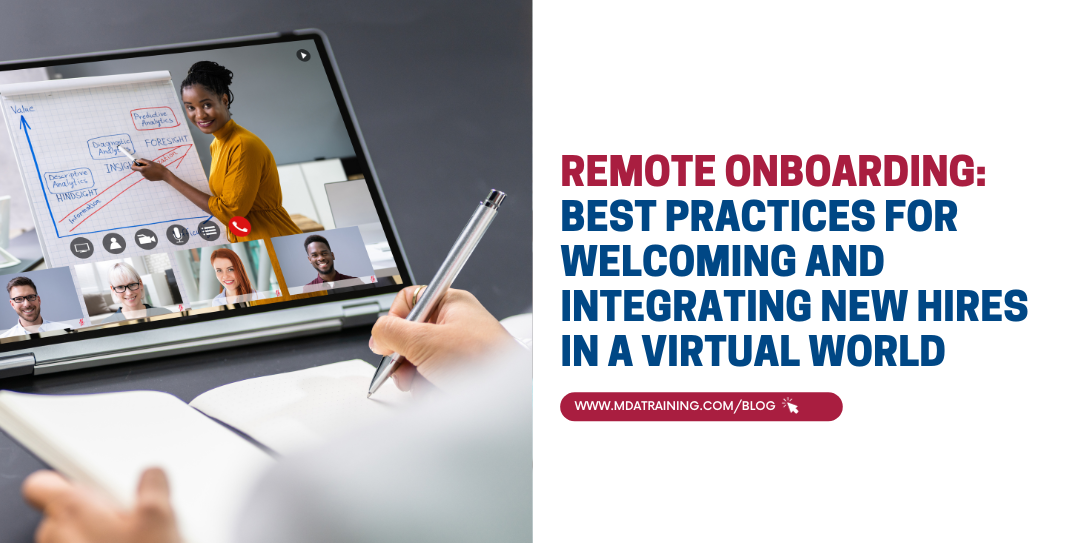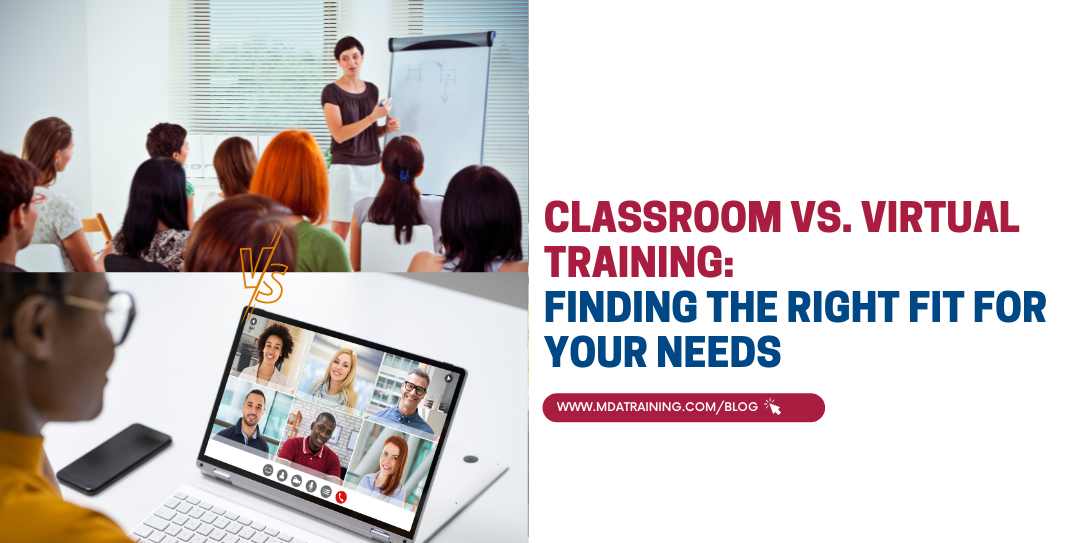Tag: Virtual learning
-

The Virtual Event Trends Set to Shape 2024
Although virtual events aren’t a new concept, the coronavirus pandemic sparked a remote working boom last year, and a myriad of online conference platforms made their way to market. With social distancing and home-working measures looking as though they’re here to stay – more businesses will likely be turning to virtual methods to achieve their…
-

Remote Onboarding: Best Practices for Welcoming and Integrating New Hires in a Virtual World
In today’s evolving professional landscape, remote work has become a significant norm, accelerated further by global events. As organisations embrace this paradigm, the process of integrating new hires has also undergone a transformation. Traditional in-person onboarding has shifted towards a digital approach, requiring meticulous planning and execution to ensure a seamless and engaging experience for…
-

Classroom vs. Virtual Training: Finding the Right Fit for Your Needs
Classroom vs. Virtual Training: As the world advances and technology continues to shape various aspects of our lives, it’s no surprise that education and training methods have evolved as well. Traditional classroom training has been the norm for centuries, but with the rise of the internet and digital connectivity, virtual training has gained significant popularity.…
-

Six Tips to Help You Learn From Home
Across the world, businesses from various industries have had to change how they work in light of the outbreak of COVID-19. Are you someone who’s had to embrace remote working head-on? Consequently, workplace training has seen a seismic shift from traditional, in-person classes – to the highly engaging and experiential virtual courses that we here…
-

How to build trust in a virtual team
The world of work is a continuously evolving environment, recently changing faster than ever before. As more organisations adopt a remote working policy, the employees who make up those organisations must adapt to being part of a virtual team. While there are a host of benefits to working at home for both the employee and…
-

Five reasons to leverage digital business simulations in virtual staff training
Whether you’re the newest team member joining an exciting new start-up or if you’re an existing employee looking to broaden your skillset – digital business simulations provide a sure-fire way to put your learning to the test. Over the last 12 months, we worked with leading businesses to design and deliver virtual training solutions that…
-

5 Virtual Event Trends for 2024
If 2024 saw the rise of the virtual event, then 2024 will be the year that businesses worldwide truly embrace the versatility that they offer. In the wake of the coronavirus pandemic and the remote working boom – a myriad of online conference platforms made their way to market, putting board meetings, seminars, even workplace…
-

How experiential virtual training is solving the challenges faced by the banking sector
Before the COVID-19 pandemic, the banking industry’s traditional business model was already under significant strain, facing real challenges brought on by the rise of internet & open banking. With consumer demand shifting from the local branches and cashier desks of yesterday to the secure smartphone apps and innovative online products that we expect today –…
-

Meeting the demand for online conference platforms in 2024
Whether through necessity, choice or a combination of the two, companies from all manner of sectors and industries have embraced remote working over the last twelve months. As a result, online conference platforms have exploded onto the scene, revolutionising the way businesses interact with customers and colleagues alike. So what are online conferences? Online conferences…
-

The top 5 skills for your 2024 training
In a year dominated by a pandemic (and the difficult decisions that had to be made by employers), it’s understandable if you’re looking forward to the New Year, and the opportunities it may bring. With the Pfizer/BioNTech COVID-19 vaccine receiving regulatory approval for use in the UK at the beginning of December (Canada and the…